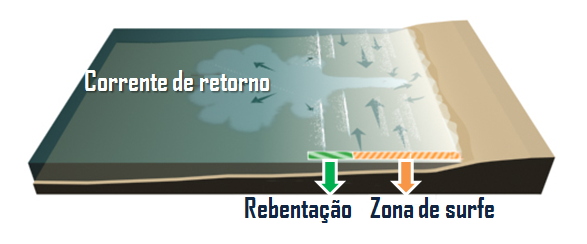Ten years of tsunami: A sea wall with yawning gaps
 |
| A protective wall along the coast built at Devanampattinam in Cuddalore gives a semblance of security to fishermen habitations from advancing sea waves. Photo: T. Singaravelou |
The sea has now advanced by nearly 200-250 metres, pulling down a number of objects in its way.
Post tsunami there has been a heightened clamour for the construction of a protective wall along the coastal villages of Cuddalore district. Technically, such a structure built with massive boulders, is known as rubble mounted sea wall (RMS).
The RMS has been built along what is premised as highly vulnerable areas, though the entire 57-km coastline of the district is prone to tidal waves. However, the authorities have deemed it fit to erect the wall close to habitations of fishermen.
Post tsunami there has been a heightened clamour for the construction of a protective wall along the coastal villages of Cuddalore district. Technically, such a structure built with massive boulders, is known as rubble mounted sea wall (RMS).
The RMS has been built along what is premised as highly vulnerable areas, though the entire 57-km coastline of the district is prone to tidal waves. However, the authorities have deemed it fit to erect the wall close to habitations of fishermen.
 |
| Debri of damaged houses at Colachel in Kanyakumari district. Photo: C. Ratheesh Kumar |
The classic example is Thazhanguda which faces the threat of sea erosion. Sea water incursion has changed the entire morphology of the shore, affecting various aspects of livelihood. It has caused collateral damage, dented coastal economy, turned groundwater saline and made agriculture an impossible proposition.
K. Masilamani, a fisherman of Thazhanguda, told The Hindu that the thick coconut grove that served as the bio-shield at the time of tsunami was totally washed away by the pounding waves.
He said, “The sea has now advanced 200-250 meters, pulling down a number of objects in its way. The waves are now lapping almost at the doorsteps of the habitations.”
With the disappearance of the coconut grove, the shed meant for drying and mending fishing nets and for sheltering the grounded boats was also lost. Conceding to fishermen’s demand, it was proposed to put up the protective wall for a length of 1,700 meters, from the fringes of Thanzhanguda to that of Devanampattinam.
So far, only 300 meters of the coast had been covered with the RMS, exposing fishermen in a major part of the village to the sea. Before the task was completed the authorities should have set up a groyne at the confluence point of the Then Pannaiyar with the sea to facilitate easy mobility and provide a safe haven to the fishing vessels, Mr Masilamani said.
M. Kuppuraj of Devanampattinam said tidal waves had flattened even the concrete structures that stood close to the sea. Only after the RMS had come up they could now have a peaceful life.
He said, “Certainly, the boulders act as an effective barrier to check the ferocity of the waves, besides safeguarding the property.” Chinnamudaliarchavadi is another fishing hamlet located on the fragile coastal ecology in Marakkanam region in Villupuram district.
The inhabitants are constantly up in arms against the official apathy to taking tangible action to arrest the advancing sea front. Since it is close to Puducherry border, the fishermen feel that the problem could be tackled only by coordinated efforts of the Tamil Nadu and the territorial governments.
www.thehindu.com


Comentários
Postar um comentário